One of the important things selection couples face during IVF treatment is whether or not to choose a fresh or frozen embryo transfer. This decision can substantially affect the results. In a fresh embryo transfer, the embryo is transferred to the uterus quickly after fertilization, whilst in a frozen embryo transfer (FET), the embryo is frozen and saved for future use before being thawed and transferred.
 This blog aims to share these factors and provide you with the in-depth knowledge needed to choose the best option among fresh and frozen embryo transfers on your fertility journey.
This blog aims to share these factors and provide you with the in-depth knowledge needed to choose the best option among fresh and frozen embryo transfers on your fertility journey.
What is Fresh embryo transfers?
A fresh embryo transfer normally occurs 5 days after a patient’s eggs are retrieved. The eggs are fertilized with sperm in the laboratory, and the resulting embryo is grown and monitored carefully. The benefit of a fresh embryo transfer is that there is a shorter time to implantation because there is only a 5-day period between egg retrieval and embryo transfer into the uterus.
Advantages of Fresh Embryo Transfer
If you’re trying to conceive, then it makes sense why you would possibly decide on a fresh embryo transfer, because that implantation is achieved nearly at once after the initial retrieval. This is the main advantage of a fresh embryo transfer, with pregnancies occurring quickly after IVF itself, assuming the technique is a success.
Frozen embryo transfers
A frozen embryo transfer occurs after 6-8 weeks. When the patient is prepared for transfer, she is given medicinal drugs to imitate a natural menstrual cycle, and the FET date is coordinated with the cycle to optimize implantation.
Advantages of Frozen Embryo Transfer
A frozen embryo transfer, or FET, is a common choice for several patients. This is essentially due to its benefits, consisting of giving the body time to recover from ovarian stimulation and permitting embryos to be examined for any genetic defects if desired. These elements can result in a healthier embryo implanted and better universal surroundings for growing implantation success. It also reduces the risk of OHSS
Conclusion: Both fresh and frozen embryo transfers have their own sets of benefits and downsides. “Fresh transfers provide instant benefits and give a higher success rate. On the other hand frozen transfers provide a natural hormonal environment.

 Uterine fibroids can vary in size. Some are too small to be visible and others can be so huge that they are able to distort the shape of the uterus. So, here we are going to tell you how do fibroids affects your fertility.
Uterine fibroids can vary in size. Some are too small to be visible and others can be so huge that they are able to distort the shape of the uterus. So, here we are going to tell you how do fibroids affects your fertility. At Rana IVF Centre, an IVF hospital in Ludhiana, patients receive expert care regardless of the season. While it’s natural to think that external temperatures might influence IVF outcomes, modern fertility clinics like Rana IVF Centre maintain optimal conditions year-round. This ensures that treatments are not affected by seasonal changes.
At Rana IVF Centre, an IVF hospital in Ludhiana, patients receive expert care regardless of the season. While it’s natural to think that external temperatures might influence IVF outcomes, modern fertility clinics like Rana IVF Centre maintain optimal conditions year-round. This ensures that treatments are not affected by seasonal changes. Symptoms of Genital TB: To start figuring out if someone has genital TB, we need to watch out for some signs. These signs might not seem serious at first, but they’re important to pay attention to. Things like having a low-grade fever, losing weight without a reason, and not feeling hungry could be signs of genital TB.
Symptoms of Genital TB: To start figuring out if someone has genital TB, we need to watch out for some signs. These signs might not seem serious at first, but they’re important to pay attention to. Things like having a low-grade fever, losing weight without a reason, and not feeling hungry could be signs of genital TB. Menopause is a natural biological process that typically occurs in women between the ages of 45 and 55, though it can occur earlier or later for some. During menopause, a woman’s ovaries gradually produce fewer hormones, particularly estrogen and progesterone. This hormonal shift can trigger a range of physical symptoms, including hot flashes, night sweats, vaginal dryness, and changes in libido.
Menopause is a natural biological process that typically occurs in women between the ages of 45 and 55, though it can occur earlier or later for some. During menopause, a woman’s ovaries gradually produce fewer hormones, particularly estrogen and progesterone. This hormonal shift can trigger a range of physical symptoms, including hot flashes, night sweats, vaginal dryness, and changes in libido. The postpartum period can be both joyous and challenging for mothers as they navigate the physical and emotional changes that come with childbirth. However, breastfeeding can be a powerful ally in this journey. The act of nursing triggers the release of oxytocin, a hormone that helps the uterus contract, reducing postpartum bleeding and aiding in the body’s return to its pre-pregnancy state. Additionally, breastfeeding promotes relaxation and emotional well-being, which can be instrumental in combating postpartum blues.
The postpartum period can be both joyous and challenging for mothers as they navigate the physical and emotional changes that come with childbirth. However, breastfeeding can be a powerful ally in this journey. The act of nursing triggers the release of oxytocin, a hormone that helps the uterus contract, reducing postpartum bleeding and aiding in the body’s return to its pre-pregnancy state. Additionally, breastfeeding promotes relaxation and emotional well-being, which can be instrumental in combating postpartum blues.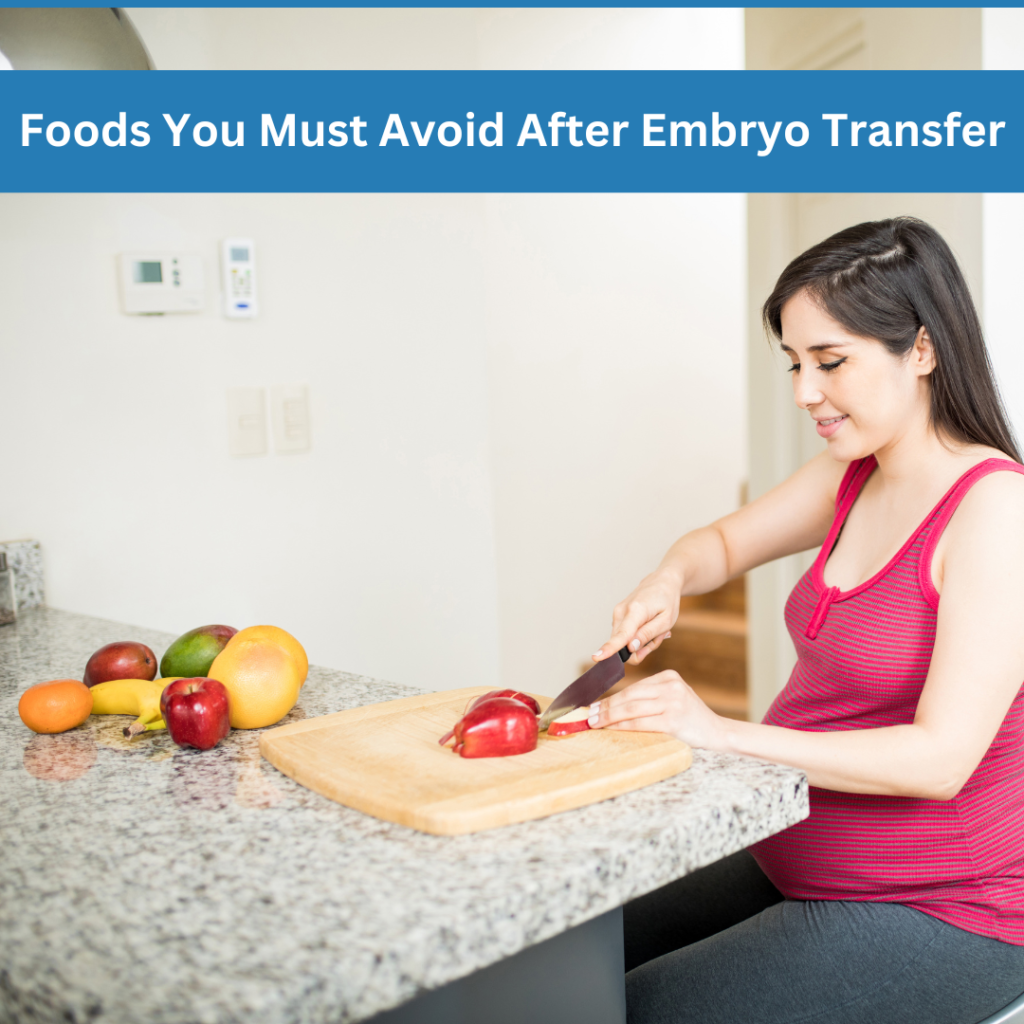 The embryo transfer is pivotal in your IVF cycle, but did you know that the food you consume can have a significant impact on the success rate? Yes, you heard it right! As surprising as it may sound, your diet may be a game-changer, and today we’re going to serve up the scoop on the 4 foods you need to avoid after embryo transfer.
The embryo transfer is pivotal in your IVF cycle, but did you know that the food you consume can have a significant impact on the success rate? Yes, you heard it right! As surprising as it may sound, your diet may be a game-changer, and today we’re going to serve up the scoop on the 4 foods you need to avoid after embryo transfer. Why do periods delay or stay: Beyond mere inconvenience, prolonged irregularities may whisper subtle concerns about fertility. They act as signals, prompting a closer look at potential challenges. For instance, conditions like Polycystic Ovary Syndrome (PCOS) can not only throw regular periods into disarray but also cast shadows on fertility, adding complexity to the equation.
Why do periods delay or stay: Beyond mere inconvenience, prolonged irregularities may whisper subtle concerns about fertility. They act as signals, prompting a closer look at potential challenges. For instance, conditions like Polycystic Ovary Syndrome (PCOS) can not only throw regular periods into disarray but also cast shadows on fertility, adding complexity to the equation.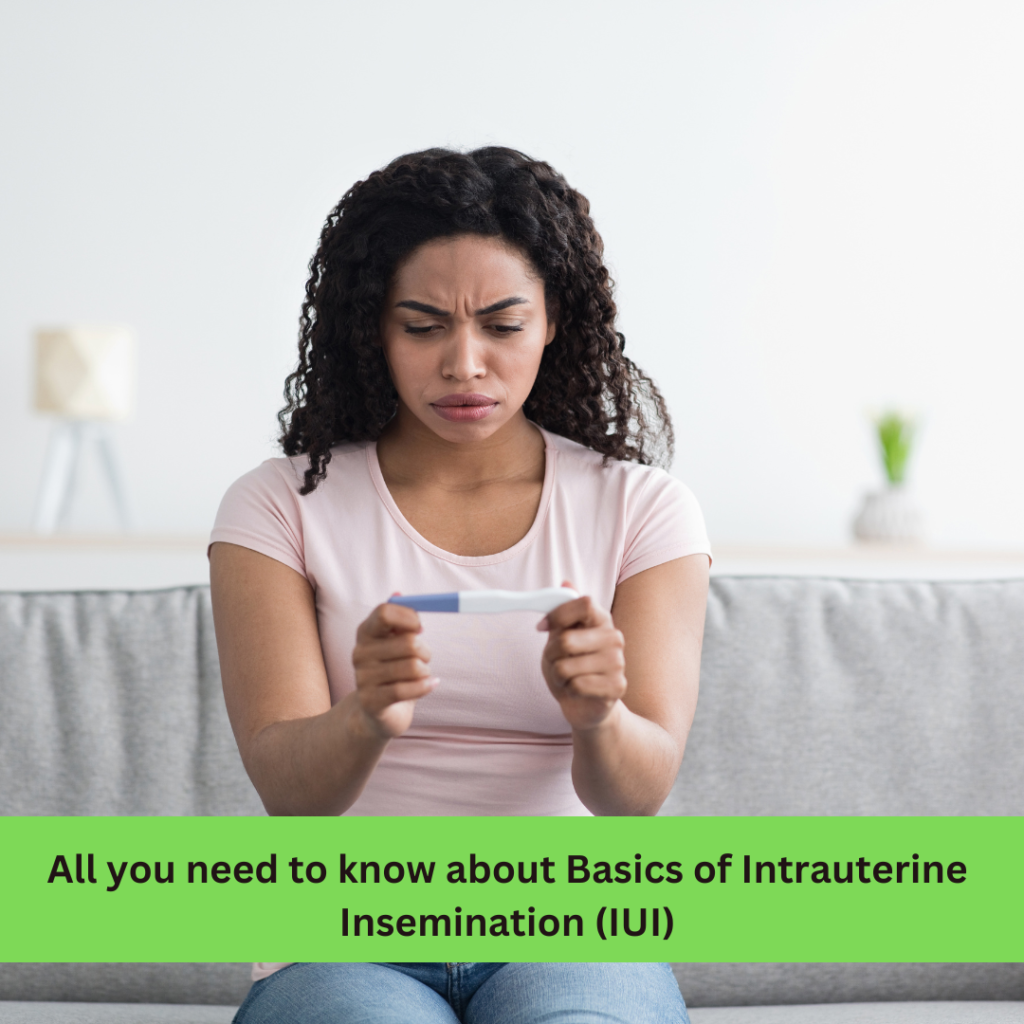 Ovulation Monitoring in the IUI Process: In the journey towards conception through Intrauterine Insemination (IUI), precise timing is crucial. The stage of ovulation monitoring plays a pivotal role. Over 1-2 weeks leading up to the IUI, meticulous tracking of the woman’s menstrual cycle occurs. Through ultrasounds, blood tests, or ovulation predictor kits, medical professionals identify the most fertile days. This strategic approach maximizes the chances of success, enhancing the efficiency of the IUI process.
Ovulation Monitoring in the IUI Process: In the journey towards conception through Intrauterine Insemination (IUI), precise timing is crucial. The stage of ovulation monitoring plays a pivotal role. Over 1-2 weeks leading up to the IUI, meticulous tracking of the woman’s menstrual cycle occurs. Through ultrasounds, blood tests, or ovulation predictor kits, medical professionals identify the most fertile days. This strategic approach maximizes the chances of success, enhancing the efficiency of the IUI process.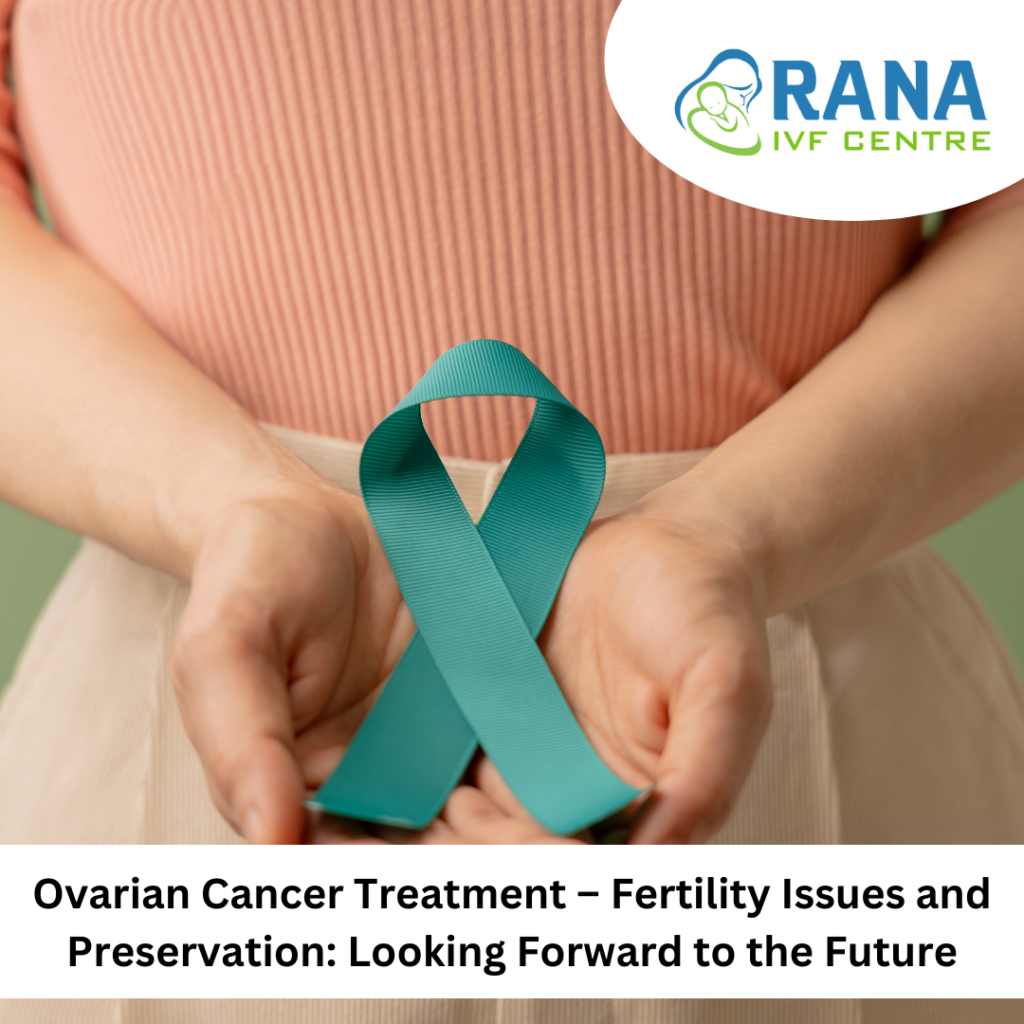 Fertility Issues Caused Due to Cancer Treatment
Fertility Issues Caused Due to Cancer Treatment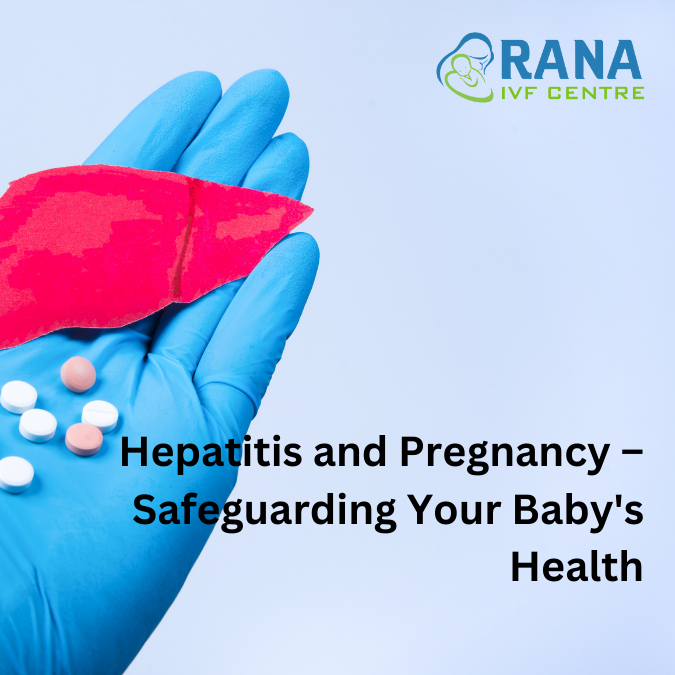 Effects of Hepatitis B on Your Child: Hepatitis B is the most common and severe liver infection, often termed a “silent epidemic” due to its asymptomatic nature. It can have the following effects:
Effects of Hepatitis B on Your Child: Hepatitis B is the most common and severe liver infection, often termed a “silent epidemic” due to its asymptomatic nature. It can have the following effects: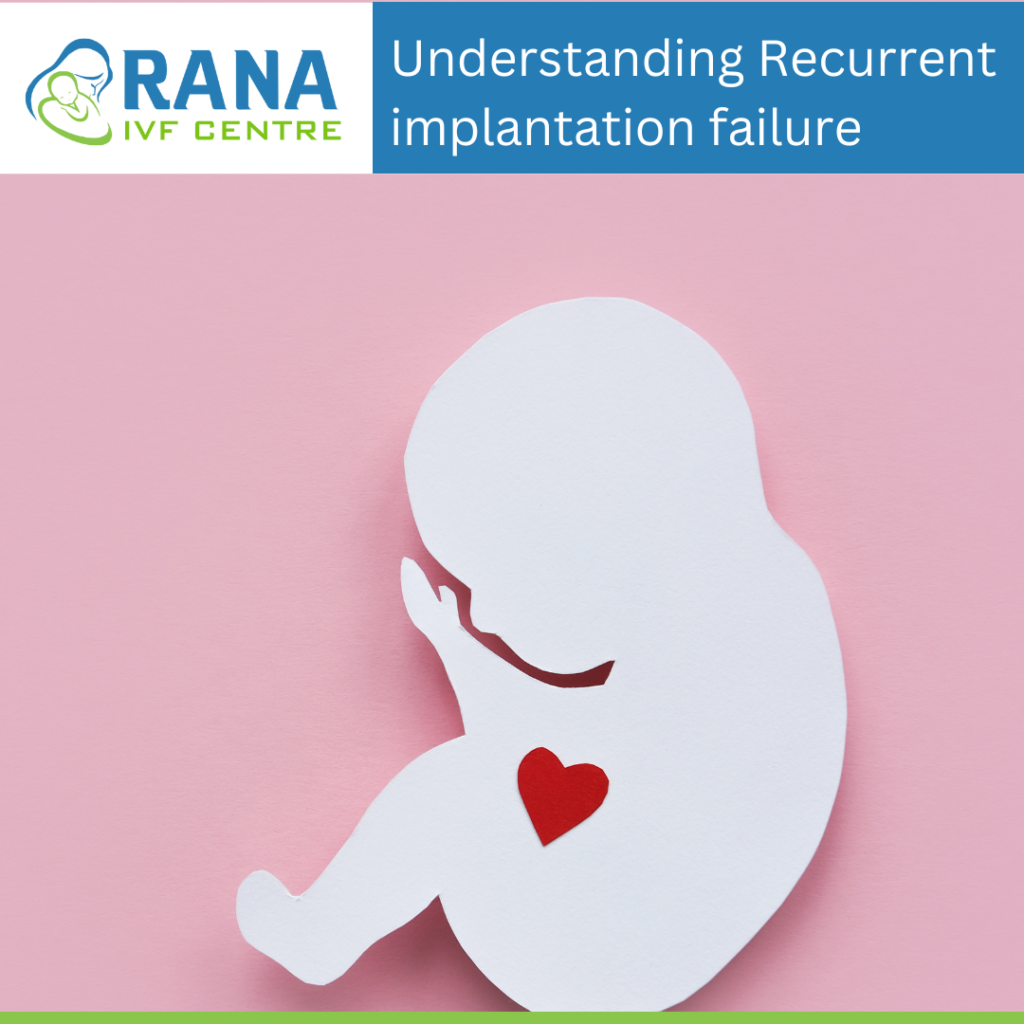 One crucial aspect to address is the uterine environment. The uterus needs to provide a conducive space for embryo attachment and growth. Hormonal imbalances in women can disrupt this environment, making it less welcoming for embryos. Doctors often prescribe medications to create a more favorable uterine environment, increasing the chances of successful embryo implantation.
One crucial aspect to address is the uterine environment. The uterus needs to provide a conducive space for embryo attachment and growth. Hormonal imbalances in women can disrupt this environment, making it less welcoming for embryos. Doctors often prescribe medications to create a more favorable uterine environment, increasing the chances of successful embryo implantation.